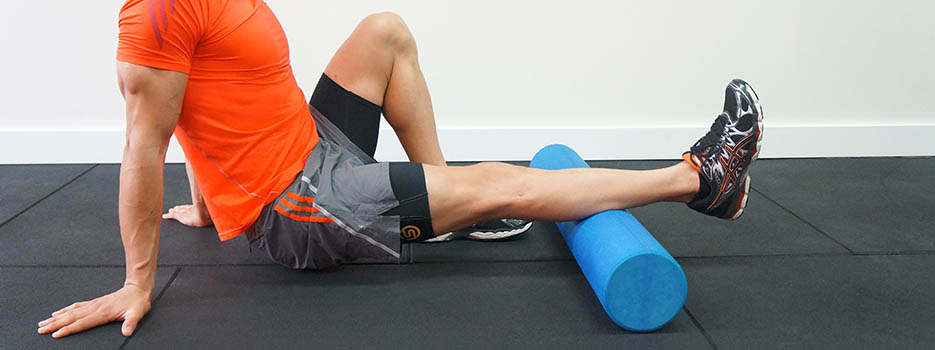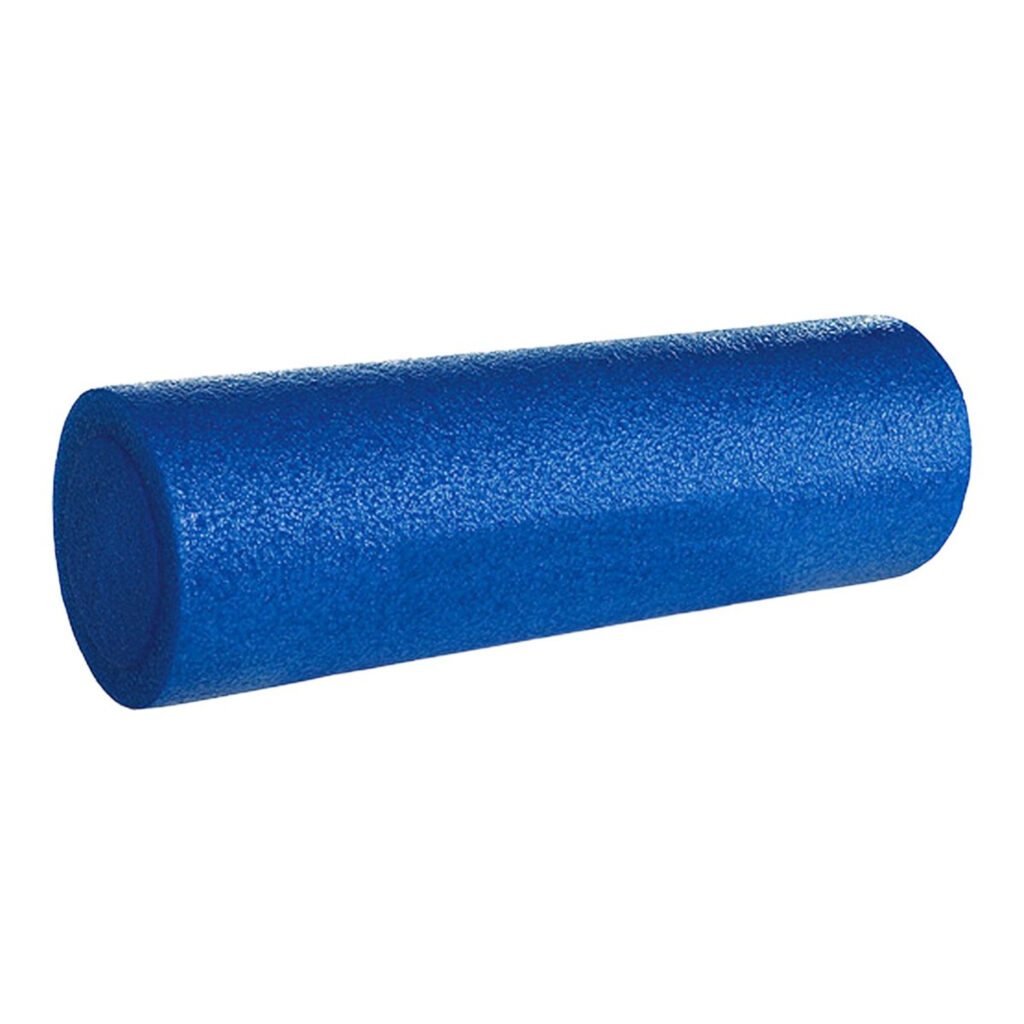Updated: March 2025
Getting back into shape? Training for a marathon? Love hitting the gym? No matter your fitness journey, adding a foam roller to your home fitness routine is a great idea: they’re inexpensive, easy to use, and can provide relief for sore muscles.

Benefits Of Foam Rolling
Foam rolling is a myofascial release technique you can use yourself that helps to relieve muscle tightness, soreness, and inflammation. Some additional benefits of foam rolling include (but aren’t limited to):
- Reduce muscle tension or tightness and trigger points
- Reduce connective tissue tightness
- Increase muscle length and flexibility
- Reduce muscle pain
- Stretches scar tissue
- Prevents adhesions from forming
- Can increase joint range of motion (ROM) and spine flexibility
- Reduce DOMS (delayed onset muscle soreness) from working out
- Increases blood flow
A commonly known benefit of foam rolling is that it can help warm up muscles before exercising and is good for cooling down after exercising.
When To Use A Foam Roller
The best time to use a foam roller is before or after exercising as a warm-up or cool-down, after resistance training to prevent DOMS, or anytime you feel like it! However, it’s better to warm up your muscles before exercising with a gentle range of motion or when performing a light activity involving a specific muscle group.
You can also use a foam roller to gain flexibility and muscle length for overall muscle well-being or to help rehabilitate an injury.
Lastly, you may use a foam roller to reduce scar tissue or adhesions to gain more flexibility in the muscle or joint.
What types of injuries can foam rolling help treat?
Foam rolling can help treat the following types of injuries:
- Injuries as a result of car accidents or whiplash
- Sciatica
- Running injuries
- Overuse injuries
- Pulled muscles
The Best Foam Roller Exercises
We’ve shared the best foam roller exercises to perform below (depending on your condition, or injury).
How to use a foam roller for your back?
You can use a foam roller to relieve pain in both your upper and lower back muscles.
How to use a foam roller for upper back pain?
How to use a foam roller for lower back pain?
How to use a foam roller on your arms?
You can use a foam roller in many different ways to reduce pain and soreness in your arms. We’ve shared the following videos to use a foam roller for your arms:
How to use a foam roller for your triceps?
How to use a foam roller for your biceps?
How to use a foam roller on your outside elbow (wrist extensors)?
How to use a foam roller on your shoulders?
You can use a foam roller in many different ways to reduce pain and soreness in your shoulders. We’ve shared the following videos to use a foam roller for your shoulders:
How to use a foam roller for your trapezius and rhomboids?
How to use a foam roller for your deltoids?
How to use a foam roller for your pecs (Pectoralis Major) or chest?
How to use a foam roller for your lats?
How to use a foam roller on your legs?
You can use a foam roller in many different ways to reduce pain and soreness in your shoulders. We’ve shared the following videos to use a foam roller for your shoulders:
How to use a foam roller for tight hamstrings?
How to use a foam roller for your glutes and/or sciatica pain?
How to use a foam roller on your calves?
How to use a foam roller on your quad muscles?
How to use a foam roller for knee pain?
To help relieve knee pain with a foam roller, see the exercises for glutes, calves, and quad muscles.
How to use a foam roller for your hip flexors?
How to use a foam roller for neck pain?
Choosing The Right Foam Roller
There are many different types of foam rollers, however, they are all basically the same with minor differences. This includes everything from foam cylinders that are approximately 12″ long and 6″ in diameter but differ in the foam’s density.
Some foam rollers are harder than others and some foam rollers are textured and have knobs, bumps, or ridges on them to help increase the pressure on the muscles and tissues being rolled (e.g. low density, medium density, high density, and textured).
Knowing which type of foam roller you need or want, is entirely up to your preference. However, we recommend starting with a less firm foam roller, as it can be too painful with a firmer roller. You can then move to a higher density or textured foam roller as you feel you need to.
Ready to purchase a foam roller of your own?
Whether you want to try out a foam roller at home or one of our physiotherapists recommended one as part of your custom treatment plan, you can purchase foam rollers right here at our clinic!

Contact our team for more information.
